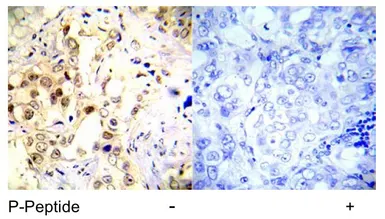p53 (phospho Ser20) antibody
Cat. No. GTX78985
Cat. No. GTX78985
-
HostRabbit
-
ClonalityPolyclonal
-
IsotypeIgG
-
ApplicationsWB IHC-P
-
ReactivityHuman, Monkey


